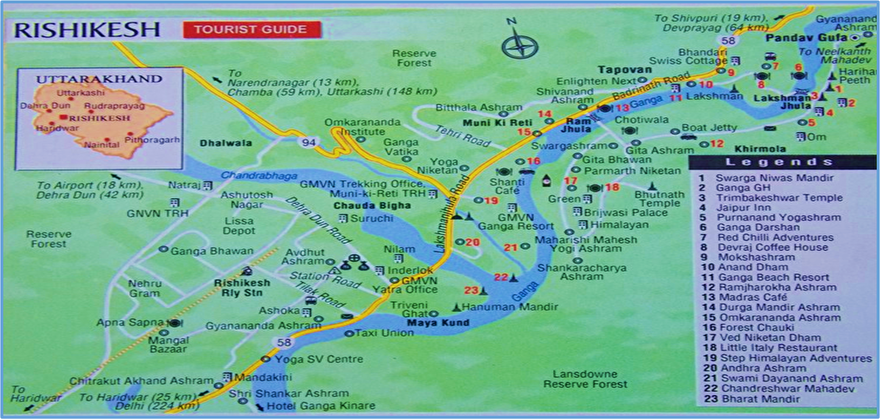
GANGA 2450 KM – The life source for over 500 million people
Unfortunatly, undeniable:
- ranked as one of the top 10 endagered and critical, most polluted rivers of the world and as well in the top of causing the plastic that winds up in the oceans
- mountain springs are dying, resulting in a drying river, failed farms and abandoned villages
- poor solid waste management in many places is resulting in environmental catastroph by getting countless tonnes of solid waste illegally dumped into every day, resulting in a toxic soup that endangers populations and wildlife
- poor sewage systems in many places is resulting in over 3 billons litres of sewage entering every day
- burning garbage by many people is resulting in unbreathable air and airborne black carbon, which is prone to landing on the glaciers that provide much of the Ganga’s waters, causing them to melt more quickly
- glaciers that provide up to 40% of the Ganga’s waters are melting far too quickly due to the burning as well as due to other climate-change factors
GOVERNMENTAL PRIORITIES ON ALL AGENDAS
Governmental programs are very active. Public and private initiatives are involved in improving situations. There are successful programs but also a lot of temporary, not sustainable solutions. The transformation into modern facilities has the priority-commitment on all governmental agendas such as: Namami Gange, National Water Quality Monitoring Programme, Jal Jeevan Mission, schemes implemented by the Uttarakhand State Water and Sanitation Mission. Their assignment is enormous. The challenges are vast and developments go (to) slow. The effects of untreated water are long lasting, it is estimated that since 2020 India has become a water-stressed country and Indian cities run out of groundwater.
GANGA SOURCE – FIRST 225 KM, UTTARAKHAND

Rishikesh – surrounded by the Himalaya Mountains, the first ‘large’ city downstream and the last railroad city úpstream – is located at 225 km distance of the source of the Ganga in the State of Uttarakhand – just above the cities Roorkee, Haridwar and the airport of Dehradun.

CONDITIONS
We believe the conditions in the area Rishikesh – Roorkee – Haridwar are very good for creating a transition in use and management of the water of the Ganga and to help speed up the Governmental water and waste strategies and programs. Some facts:
- the Ganga upstream of Rishikesh is moderately polluted and improvements are feasible. Heavily contaminating industries are not present in the area, whereas industrial areas starts downstream near Roorkee – Haridwar
- in Uttarakhand a lot of the traditional rain water harvesting systems like gul, naula, dhara and khal, which are used for drinking and other domestic purposes as well as for irrigation, are still active and available and could form an important basis for sustainable water solutions
- the social and cultural conditions in the area and the region are such that improvements are likely to be adopted and maintained by the local communities and businesses
- the upstream area above Rishiksh is scattered with numerous small villages and settlements and one larger village Uttarakshi (15.000 inhabitants near the glaciers) which are in connection with the Ganga
- the rail-infra starts and ends in the city of Rishikesh. Rishikesh – Roorkee and Hardiwar are conveniently located with respect to the airport of Dehradun. The improvement of roads along the Ganga is currently under execution
- a clean Ganga for its first 225 km has impact on the area itself, is relevant for the downstream areas and should act as the start of a ‘clean water front’ moving downstream the Ganga
- Rishikesh + Roorkee + Haridwar- together have the potential to establish The Centre of Expertise & Entrepreneurship with Dutch partners. The area has sufficient critical mass in terms of communities, businesses, research institutes and governmental presence to carry on with the initiatives taken and to secure the sustainability of the interventions and facilities
Waterstress in the area consists of:
- seasonal flooding of the Ganga poses a serious safety risk
- drinking water utilities have limited supply, storage capacity are deteriorating
- poor sanitation causes health problems
- solid waste enters into the Ganga and waste water discharges are generally without treatment
- pilgrims, tourists massive inflow of visitors cause enormous volumes of waste and waste water
Rishikesh is renowned as a centre for studying yoga and meditation. Temples and ashrams (centres for spiritual studies) line the eastern bank around Swarg Ashram. Tourism brings the most important income.


